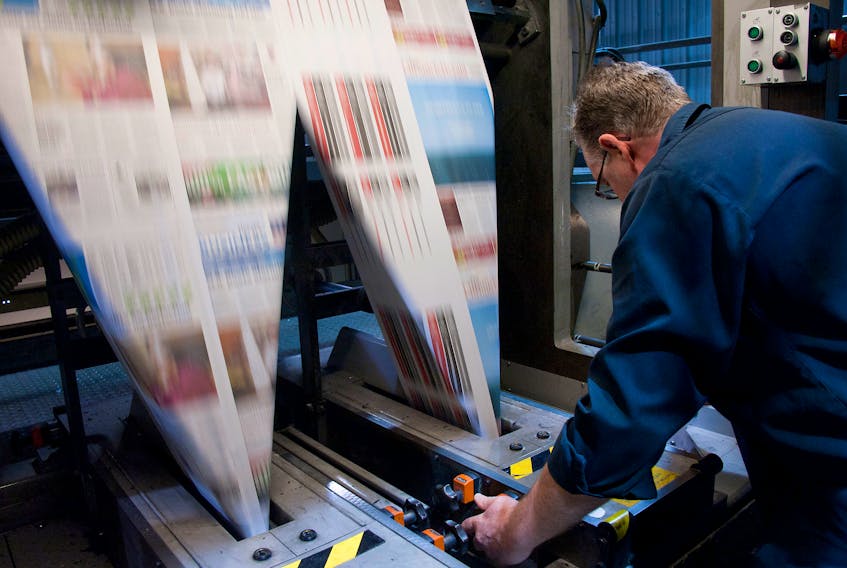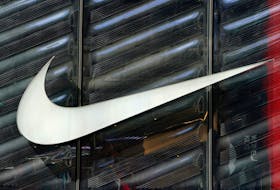For the first time in their history, The Guardian and Journal Pioneer newspapers are not being printed on P.E.I.
However, an official with SaltWire Network, the company which owns the two Island newspapers, said the change means readers will be getting an even better product than before.
Ian Scott, executive vice-president and chief operating officer for SaltWire Network, said printing The Guardian and Journal Pioneer began on Monday, May 28 (for Tuesday editions) from SaltWire’s state-of-the-art printing plant in Bedford, N.S.
“And, it is one of the most modern printing facilities in North America,’’ Scott said of the approximately $40-million facility. “It has the capacity of printing 75,000 copies per hour and can actually package at 75,000 copies, about triple the average large newspaper.’’
It means the papers are no longer being printed at Transcontinental’s printing plant in Borden-Carleton. Transcontinental sold the two P.E.I. newspapers to SaltWire last year.
However, printing the two newspapers near Halifax means having to transport them by truck to the Island. In order to do that — and have readers receive their product nice and early in the morning as before — it means The Guardian and Journal Pioneer are now operating with earlier deadlines. The papers are going to press about four hours earlier than before.
Late pages at The Guardian, which used to have a deadline of around 11:30 p.m. or midnight, are now meeting an 8 p.m. deadline, which means things that happen at night will no longer be in the next day’s newspaper.
“We’ve got our fleet of both high-sided and regular delivery vans. In a situation where we have a prolonged closure we have, as our plan, to use multiple-sized vehicles in place of single, high-sided vehicles. We have a plan in place to deal with those types of things.’’
-Ian Scott
Scott said both The Guardian and Journal Pioneer still have their digital platforms that allow the papers to be “rapid and responsive’’ on late-breaking news. But, it will also enable the papers to concentrate on more in-depth stories in the printed editions.
“Rather than being an ambulance-chasing medium we’ve become more (focused) on the bigger issues. We’re all about thoroughness and completeness, permanence and the capacity to do some analysis, provide the context that the customers are looking for rather than the flash of what happened — to look deeper into why it happened and what it means.’’
Another challenge of printing off-Island is crossing the Confederation Bridge when weather conditions, such as high winds, result in restrictions on high-sided vehicles. Scott said such restrictions affect the bridge upwards of 30 to 37 times a year.
Scott said SaltWire is prepared to get the newspapers over the bridge no matter what.
“We’ve got our fleet of both high-sided and regular delivery vans. In a situation where we have a prolonged closure we have, as our plan, to use multiple-sized vehicles in place of single, high-sided vehicles. We have a plan in place to deal with those types of things.’’
As for the look of the papers, readers might notice they’re about an inch and a half shorter and half an inch wider. But, that’s not all. Scott said because the newspapers are printed in a better plant, the product will look better.
“You’re going to see colours that are brighter, images that are clearer and pop off the page (and we have) the capacity for more colour and the capacity to bring you more sections.’’
Over the next few months, Scott said they’ll be rolling out more lifestyles, automotive and food and beverage content.
Scott added that The Guardian and Journal Pioneer will be maintaining their editorial presence around P.E.I. and that there will be no job losses.










